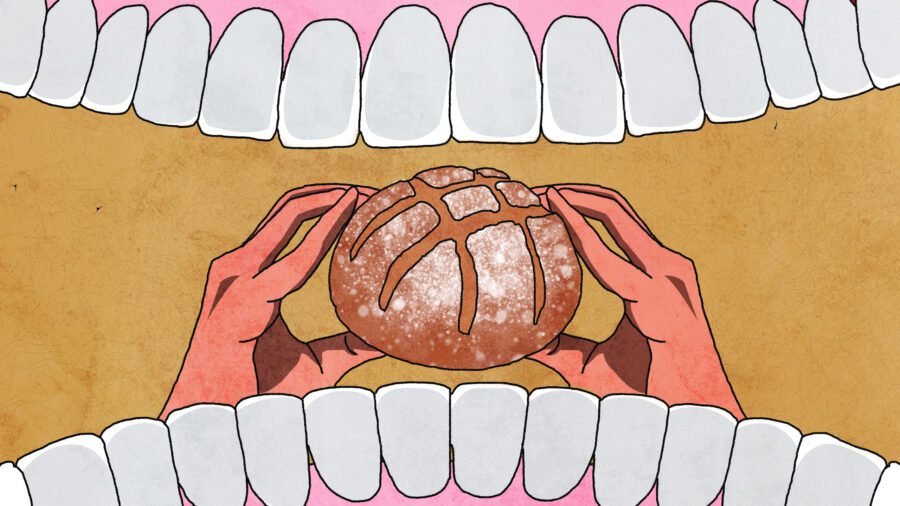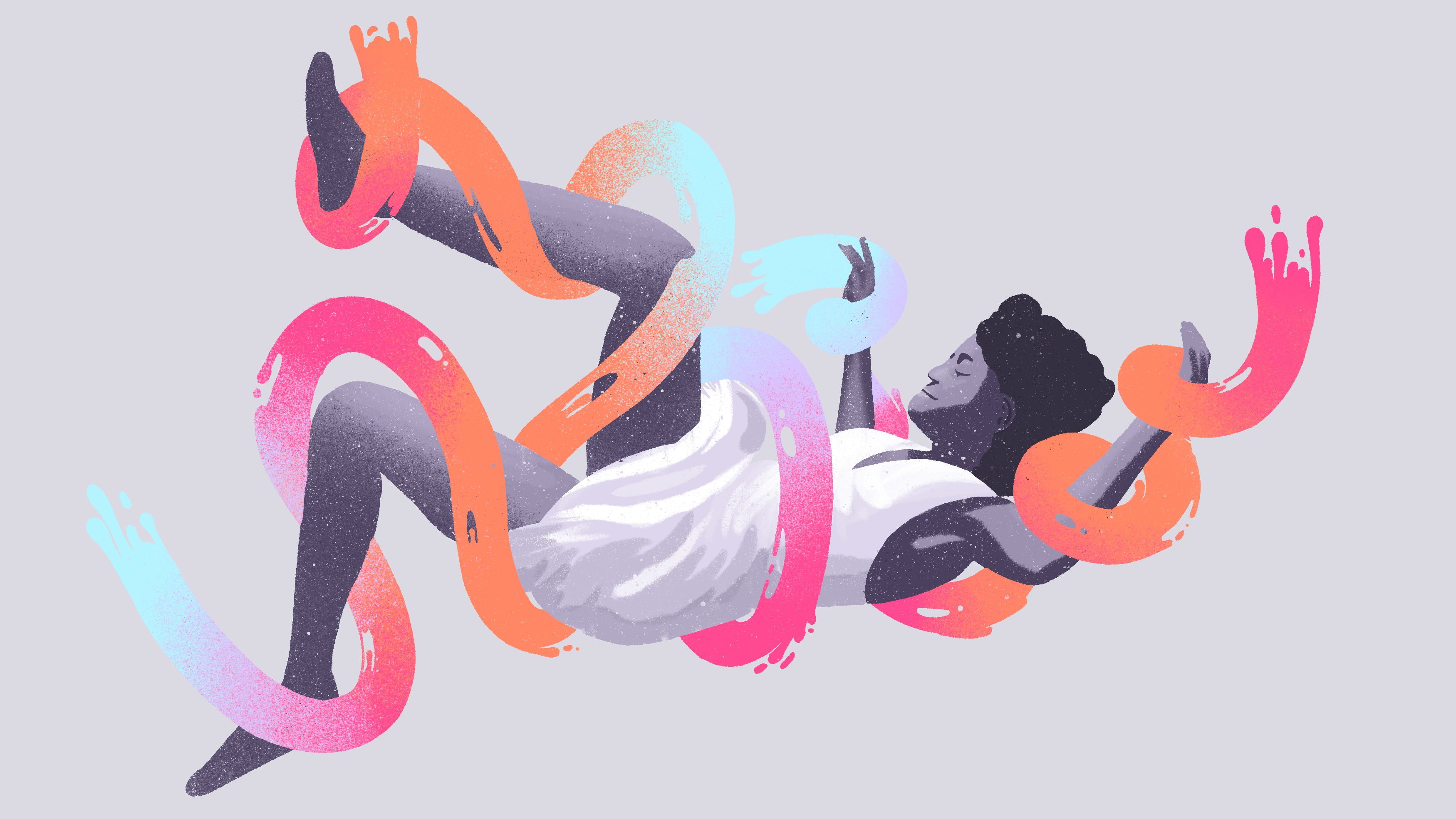
Color Therapy 101: How to Leverage Color & Light to Improve Our Mood and Thoughts
How can the colors and light we look at help improve our mood and give us positive thoughts?
As far back as the times of ancient Egypt, color therapy has been a mainstay of Eastern medicine. The Egyptians believed that the use of light and different colors could have healing benefits for us. Even to this day, it is considered an alternative therapy that has evolved to include the use of different hues and intensities of color to promote healing of the body and mood stabilization.
Today, color therapy goes by many names, like chromopathy, chromotherapy, or color healing. But whichever name you use, the practice itself remains largely unchanged over the past 5000 years! At its core, color therapy is based on using different colors to soothe stress, give energy, and help improve mood.
As a disclaimer: Despite the long history of color therapy, scientific study into the use of it as a true healing practice is very limited. While the mood-stabilizing benefits of color therapy have value, there is not enough proven correlation to say that it has true healing benefits. As with most alternative therapies, it should not be used as a substitute for care from a medical professional.
With that being said, let’s take a closer look at color therapy and how to leverage color and light to improve our moods and thoughts!
Light Therapy Covers the Whole Spectrum of Colors
When looking at color therapy, there is only one place to start: the colors! The basic colors of the spectrum all have different meanings and benefits in chromotherapy:
- Green is considered the entry point to color therapy, as it is the “safest” color. Green can help to enhance your mood and is the most balancing of the colors. It brings strength and serenity.
- Blue is a color that chromo therapists use with great care. It is very calming but has been found to heighten feelings of sadness and depression the deeper the hue.
- Yellow is viewed as the most intense color of the spectrum. It builds happiness due to its correlation to sunshine, but it can also trigger negative feelings depending on the intensity of the hue.
- Orange represents well-being and pleasure. In color therapy, it is considered to promote physical healing because of how stimulating it is. Because of its stimulating properties, therapists are careful in using orange with those who have anxiety, as it can spur that anxiousness.
- Red is the most extreme color, and it is considered far more stimulating than orange. Color therapists often take caution when using red due to the intense feelings, especially agitation, that it can trigger.
- Purple is another calming color that promotes bliss and appeals to a person’s spirituality. As you become more experienced in receiving color therapy, purple is the color most frequently used for you.
In addition to the standard colors of the spectrum, there are a few more that have meaning in chromotherapy:
- White represents purity and calm but can also prompt feelings of isolation and coldness.
- Black is associated with sophistication and power, but it also represents bad things and can cause negative feelings.
- Brown provokes feelings of resilience and comfort due to its association with nature. It can give a sense of loneliness, though, since it can be seen as a vast desert or open space.
- Pink is another calming color, making viewers think of sweetness and romance. If the shade is too intense, it can promote the person to become overly docile and drain their energy.
Now that we know more about the colors and what their effects can be upon us, let’s take a look at how chromotherapy can help us!
The Benefits of Color Therapy
Color therapy is most effective in stress relief due to the calming effects of many colors.
Let’s use green, purple, and blue as examples.
Green, purple, and blue (at least in small doses!) all help soothe anxiety. So the next time you feel yourself becoming more anxious or stressed, finding ways to be around these colors will help relax you. Sitting in a room painted in these hues or looking at artwork displaying these colors will give you calming benefits.
The association we make between nature and the color green can also enhance our feelings of prosperity. This association to nature is why color chromo therapists use green to introduce people into color therapy.
Red, orange, and yellow are the most intense colors used carefully by color therapists because of their ability for extreme stimulation. When you find yourself getting sleepy, you can surround yourself with these colors to boost your energy level. Keeping pictures featuring these colors on your work desk can help you stay focused on getting your tasks completed!
So what is the happiest color? Chromo Therapists believe that yellow is the winner, based on their experience. Like stepping into the warm sunshine on a cold or rainy day, yellow can make us feel optimistic and refreshed!
The Relationship Between Color Therapy and Light
While it may be called color therapy, light is just as important in the practice! Even though we think of colors in terms of the visible spectrum, the invisible parts like infrared and ultraviolet are also part of the equation.
Infrared light therapy has gained use in recent years as a physiotherapy treatment. This is due to the non-invasive nature of infrared (IR) as well as its ability to penetrate deeply into affected muscles and tissue. Beyond physical therapy uses, it has also shown signs of being beneficial in circulatory health.
Ultraviolet (UV) light is more than just a way to get a tan; it’s also an incredible disinfectant! Ultraviolet light therapy is seeing increased use in the medical treatment of diseases such as cancer and lupus. Even though overexposure to the sun’s UV rays can be bad for us, doctors are finding that targeted use of UV can eliminate harmful cells, like cancer, infecting our bodies.
Join In 200 Million+ On The Journey to Greatness
Be Careful of When You Expose Yourself to Light
While light has obvious therapeutic benefits, we also need to look at how it can cause problems for us and what we can do to counter them.
Your circadian rhythm is how your body reacts and adapts to the day/night cycle. Our bodies respond to light by wanting to be awake, and sleepiness sets in once it starts getting dark. If you’re not careful, lengthened exposure to artificial light can cause problems for your rhythm.
Our TVs, laptops, tablets, and phones have dramatically affected our circadian rhythms. All of these devices use blue light on their display screens, which helps to boost focus. This is great when you’re watching a show or working on an important task, but it can cause trouble falling asleep since it provokes your brain to be more alert.
The best way to prevent sleep troubles from happening depends on the device you’re using. Enabling dark mode in your phone or tablet’s settings or adjusting the display to a warmer color setting can reduce the blue light on their screens. You can also make sure to turn off the TV and read a book for about an hour before you need to go to sleep. For your laptop, you can download free software from Flux that allows you to adjust the display to warmer colors or match your room’s lighting, acting like a color therapy app!
How Chakras and Color Therapy Live in Harmony
Color therapy can trace its history throughout the Eastern world and is a pillar of medicine and philosophy in many Asian countries.
Buddhism and Hinduism both emphasize Tantra — the science and study of energy. At the heart of Tantra are Chakras, the seven energy centers of the body, each with its representative color. Meditation is a practice of both traditions, with the goal of the person centering themselves and unblocking their Chakras.
To better understand Chakras and how they are part of color therapy, here are their descriptions:
- The Root Chakra is located at the base of the spine and is represented by the color red. Due to being seated during meditation and given its location, the Root Chakra is associated with being connected to the earth.
- The Sacral Chakra is located just below the naval and is represented by the color orange. Its location in the lower torso is tied to reproduction and the adrenal system, tying the mind and body together.
- The Solar Plexus Chakra is located below the sternum and is represented by the color yellow. It is at the center of your well-being and digestive system.
- The Heart Chakra is represented by the color green. It is your source of energy and empowerment, controlling the nervous system.
- The Throat Chakra is represented by the color blue. It oversees your metabolism and enables peaceful expression.
- The Third Eye Chakra is represented by the color indigo. It is located between your eyebrows, signifies wisdom, and gives you self-esteem.
- The Crown Chakra is represented by the color violet. Found at the top of the head, it is considered the source of spirituality in Tantra.
We can see how the colors of the Chakras connect to chromotherapy. For example, green is viewed as the most balancing color and the entry point for therapy, representing the nervous system Chakra, while blue is used for its calming effects and is the Chakra of peaceful expression. Even though there isn’t a direct match across the board, it’s easy to see the influences.
The Interaction Between Color Therapy and Your Aura
Another aspect of color’s importance that originates in Eastern philosophy is the color of your aura. Where Chakras are rooted in areas of the body and their colors are constant, auras are thought to be more like your own atmosphere. A person’s aura is thought to change color based on their mood or intent.
The thickness of the particular layer of an aura indicates how powerfully that person is attuned to that type of energy. This level of energy is reflected in a greater range of color intensities representing certain personality traits:
- Deep Red indicates a person has strong energy and is hard working.
- Red reflects a person’s sexuality and competitive spirit.
- Orange shows a person has an adventurous spirit and good business sense.
- Orange/Yellow indicates a logical, academic person.
- Yellow means a person is energetic and creative.
- Green shows someone who is social and a strong teacher.
- Deep Green reflects a person having great organizational skills and being goal-oriented.
- Blue indicates a person is caring, loyal, and sensitive.
- Indigo means a person is calm, artistic, and tends to be introverted.
- Violet is a sign of a charismatic, sensual person.
- Lavender shows a person is imaginative and sensitive.
- White indicates someone who is quiet and spiritual.
Once again, you can see parallels between aura color meanings and how they can be used in practicing color therapy. Chromotherapy’s focus on color hues and light intensities show a strong parallel with the idea of how your aura radiates into the world.
Use Color to Enhance Everyday Life
There are ways to introduce color therapy into your everyday life, even if you don’t have a chromotherapy practitioner around you. By building habits based on the concepts of color therapy, you can get many of the benefits on your own!
Wearing red in your workout clothes or running a route where you’ll see stop signs will help energize you. Another example is the term “red power tie.” This theory is based on the perception that wearing a red tie at work boosts confidence in professional settings.
If you need added focus, whether it’s being in a class or just making sure you don’t forget to grab something you need at the store, having yellow in your wardrobe can enhance your memory. Yellow can also help keep your spirits up, so having yellow in your home is great. Just keep it out of your kitchen or dining areas, as people have shown to eat more in the presence of yellow!
Having orange around if you host a party can make people feel more sociable. Greens and blues have calming effects, so those are always good choices for bathrooms where you soak in the tub. And those hearts you see around Valentine’s Day are more than just marketing, pink always helps set that romantic mood.
Add Some Color to Your Life
Color therapy has 5,000 years of history to show us how beneficial it can be for us. By mixing colors into our surroundings, wardrobes, and jewelry, we can improve our moods and mindsets greatly. It’s important to remember that colors have a multitude of effects depending on their hue and intensity. Try experimenting with different color combinations to find what benefits you the most.
So take some of the ideas here and get colorful!
Greatness Authors
Greatness Authors is a collection of writers, thinkers, curiosity experts, and students of the world who are committed to bringing you the most up-to-date, impactful, and inspiring information surrounding Greatness topics.

Do You Have to Be a Morning Person to Be Successful? Here’s What Both Sides Have to Say
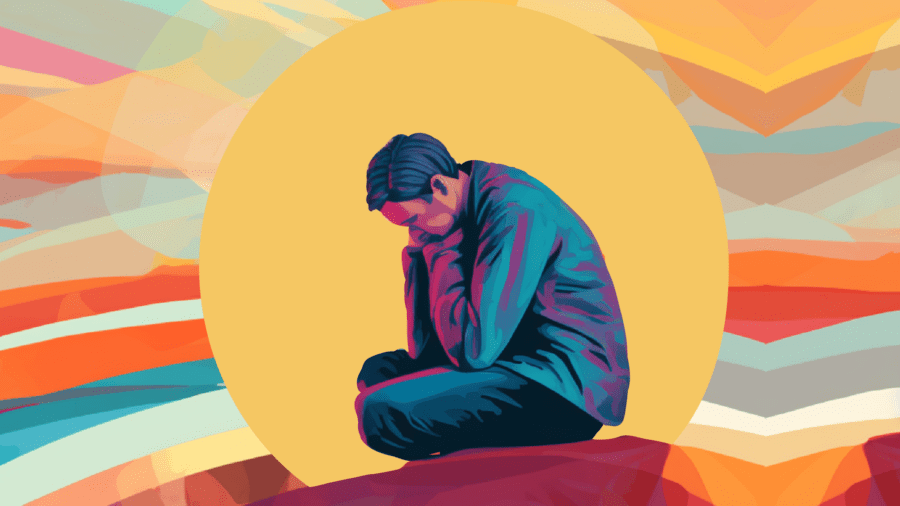
9 Reasons You’re Tired All the Time & How to 10x Your Energy
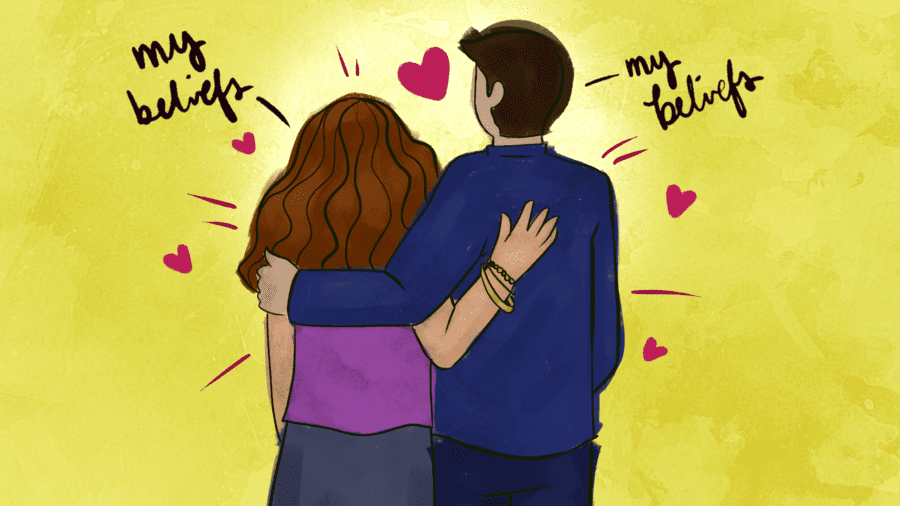
How to Have a Healthy Romantic Relationship Even if You Share Different Beliefs
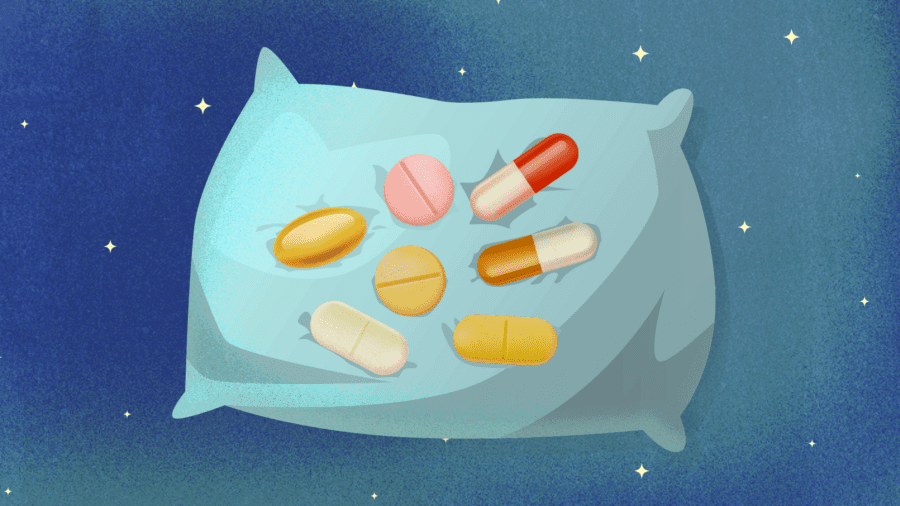
The 7 Best Vitamins to Naturally Promote Better, Uninterrupted Sleep According to Shawn Stevenson

The Science of Forming Healthy Habits & Letting Go of Bad Ones, According to Author James Clear
